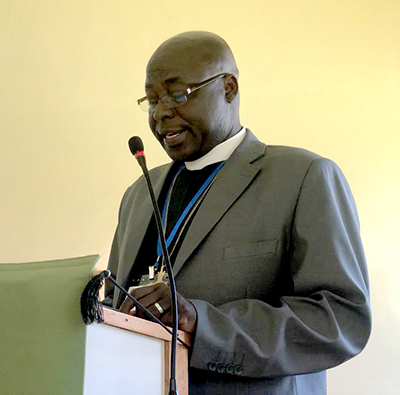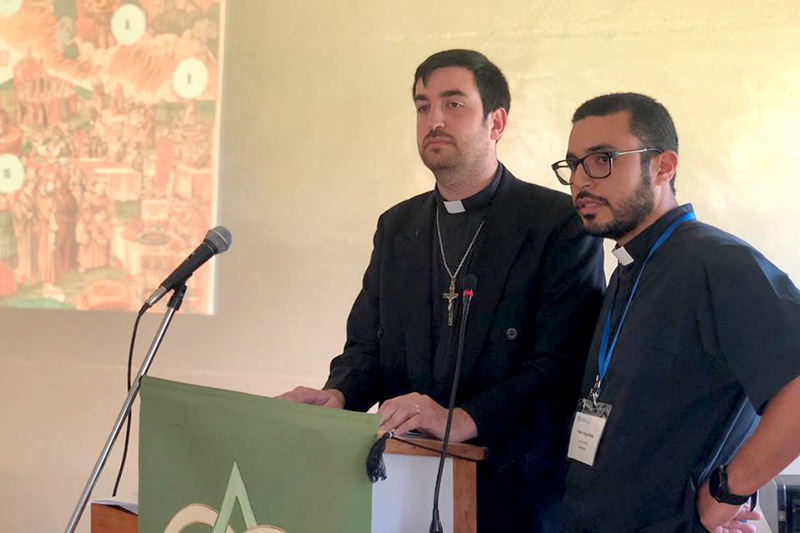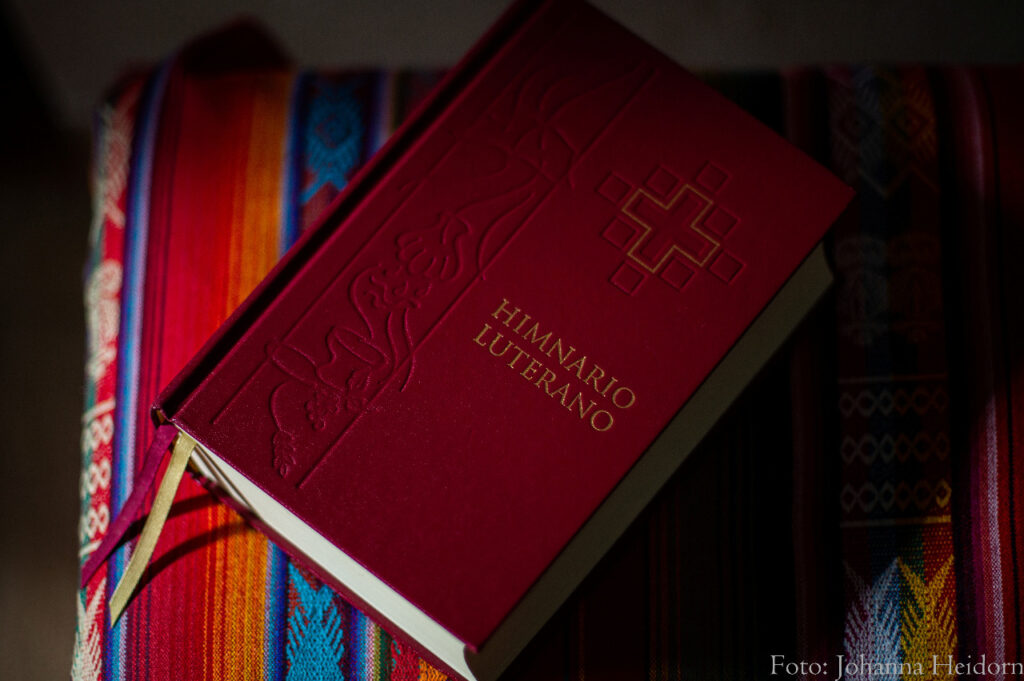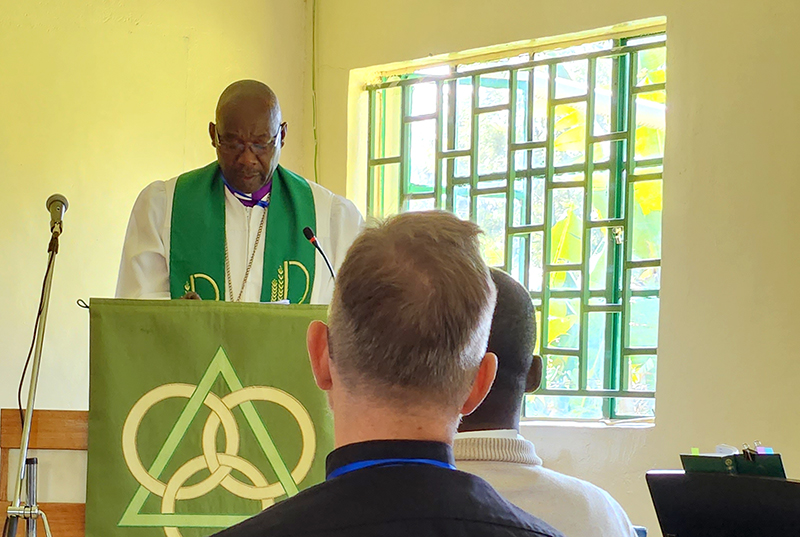Kenya – On the morning of Thursday 14 September 2022, participants in the 2022 World Congress of the International Lutheran Council (ILC) will travel to Matongo to visit Nima Lutheran College, the seminary of the Evangelical Lutheran Church of Kenya (ELCK). I went on an excursion. host church.
There they joined members of the seminary community for early service in Swahili. The service also featured the Swahili hymn “Yes Wang Shimwachi,” which conference attendees had learned through the conference. Seminary students served as liturgists, and ELCK Archbishop Joseph Ochola Omoro preached on John IV, drawing out what it means to worship God in spirit and truth. This was followed by a Bible study on his 30 verses from 1 Kings 8:22, led by Reverend Joseph Aboor, a doctoral student from Kenya.

Following this, the meeting heard a report from Dr. Steven Schumacher, International Accreditation Authority of the ILC (ILCAA). The ILCAA is a new initiative of the ILC to “enhance confessional Lutheran theological education,” he explained. to provide strong theological training that is recognizable and transferable to other institutions.
In addition to providing standards for an institution’s educational program, mission, and integrity, AA also provides standards for: Planning and Review; Faculty, Education, and Staff. student services; and resources.
liturgy, theology, culture

The morning session followed the third of four major presentations on the conference theme. Reverend Joseph Tom Omoro, Principal of Nima Lutheran University, delivered a lecture titled “The relationship between liturgy, theology and culture.”
Dr. Omoro said that in order for Christian worship to be properly incorporated into a particular culture, it is necessary to “prevent the overarching meaning of the liturgy from being lost or conveyed to people in an incomprehensible way. We need to balance the regional and universal nature,” he said. The key to striking this balance is careful adherence to the doctrine underlying liturgical expression. he explained.
“Meaningful worship is when Christ’s gift of life and salvation is offered to the sinner in clear and understandable terms so that people can experience this gift in a way they can understand,” concluded Dr. Omoro. . But when pursuing such adaptations, he cautioned: To achieve such a balance, inculturation must take seriously the complementary dynamics between liturgy and doctrine, so that liturgical celebrations in different cultures are closely related to biblical narratives. It takes place within the framework of a rooted Christian language. “

Following Principal Omoro’s presentation, Bishop Juan Pablo Lanterna of the Lutheran Church of Chile (ILC-Chile) also spoke on liturgical and cultural themes, giving concrete examples of the recently published Spanish hymns produced in Latin America. I gave an example. Gimnario LutheranoThe hymn was first conceived by the Chilean Church 14 years ago and eventually evolved into a joint project of the ILC of Chile, the Evangelical Lutheran Church of Paraguay (IELP), and the Evangelical Lutheran Church of Argentina (IELA).
The new hymn is “from mission to mission,” “from Latin America to Latin America, and from professing Lutheran to professing Lutheran,” said Bishop Lanterna. rice field.

In fact, Bishop Lanterna continues, this new hymn can be considered the third most important Lutheran confessional publication ever published in Spanish.
Incorporating hundreds of classical and contemporary hymns, as well as a new service to Matins, Vespers, and Complines, this hymn is welcomed by Spanish-speaking Lutherans. It is When asked what impact the hymns had, the missionaries who started the project gave a clear answer.
The morning session ended with lunch on the seminary grounds.
———————
Mathew Block is Communications Manager for the International Lutheran Council. He is also the editor of The Canadian Lutheran magazine and previously he served as communications manager for the Lutheran Church-Canada.

